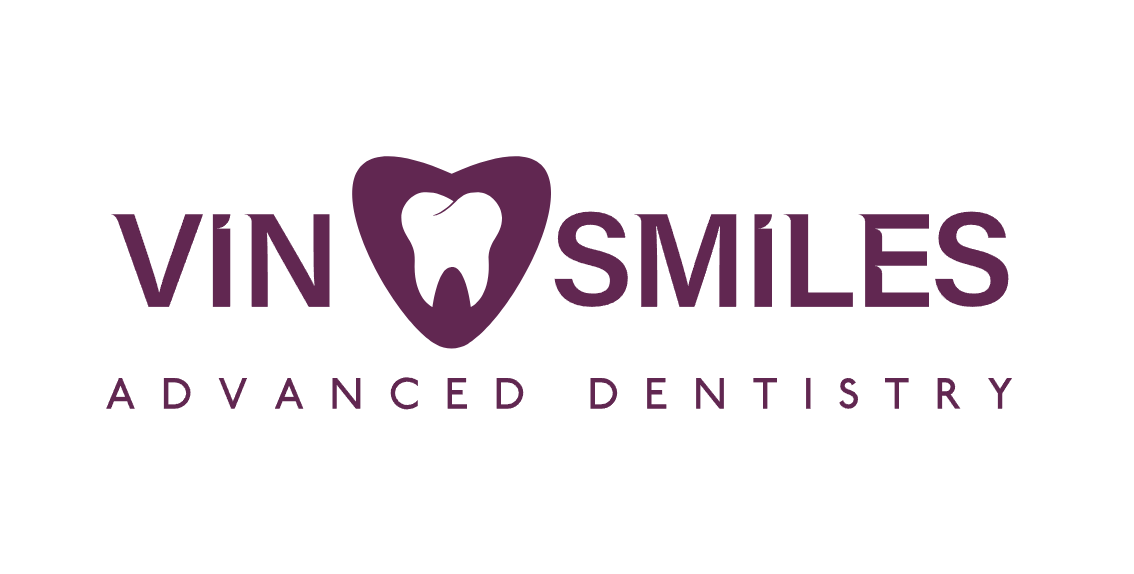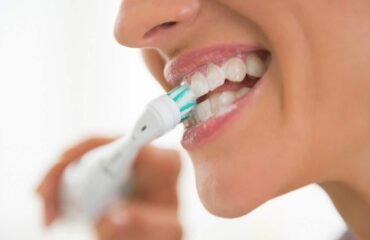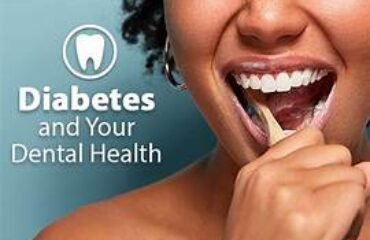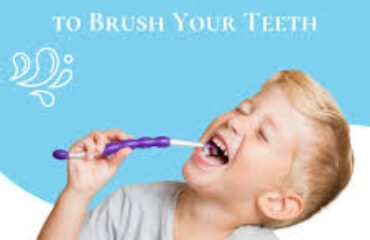 Are you using the Right Tooth Brush? “Brush your teeth twice a day” – This is one statement that we have been hearing since we were kids. Are you using the Right Tooth Brush? Has anyone guided you regarding the same!However, as another old adage says “a workman is only as good as his tools” – it becomes important to choose the right toothbrush to ensure an excellent oral health regime.With markets saturated with different types of toothbrushes making all kinds of claims about how they help you, it becomes difficult to find the right toothbrush for your unique dental needs.When choosing a toothbrush, it’s important to keep several factors in mind such as:
Are you using the Right Tooth Brush? “Brush your teeth twice a day” – This is one statement that we have been hearing since we were kids. Are you using the Right Tooth Brush? Has anyone guided you regarding the same!However, as another old adage says “a workman is only as good as his tools” – it becomes important to choose the right toothbrush to ensure an excellent oral health regime.With markets saturated with different types of toothbrushes making all kinds of claims about how they help you, it becomes difficult to find the right toothbrush for your unique dental needs.When choosing a toothbrush, it’s important to keep several factors in mind such as:- Bristle Type
- Overall Shape
- Quality
- Comfort
- Understand the incentives.
- Select a good toothbrush
- Get a toothbrush you like and will use regularly.
- Choose bristles based on your gum health. “If your gums are sensitive, you’ll need soft bristles that don’t cause irritation. If you don’t have gum problems, it’s fine to use hard bristles.
- Replace your toothbrush every few months. “It’s time for a new brush if the bristles are splayed out and no longer upright, or your teeth don’t feel clean after you brush
- Use the right brushing technique.
- Brush with a fluoride toothpaste for two minutes. Divide the time among the upper left, upper right, lower left, and lower right teeth — 30 seconds per section.
- Angle the brush. “The bristles should be aimed toward the gums where they meet the teeth, a junction where plaque and calculus collect. You don’t want the bristles to be perpendicular to your teeth, at a 90-degree angle, but angled, at a 45-degree angle,”
- Make circles with the bristles. “Rotate the bristles around and around in a gentle sweeping motion to help grab debris at the gum line,” Dr. Jiang says.
- Brush without distractions so you can focus on your brushing technique.
- Be gentle. If you press too hard while brushing, you’ll irritate and possibly injure your gums. Brush your tongue, too. It collects loads of bacteria that need to be brushed away.
- Rinse your mouth and your brush. Wash away all traces of toothpaste and food debris.
- Take a peek at your gums. When you finish brushing, pull your lips away from your teeth to see if you left food particles around your teeth. Your gums should not look red or swollen.
- Place the bristles on the gumline at a 45-degree angle pointing toward the chewing surface or crown of the tooth.
- Gently vibrate the brush for 15 to 20 counts, using short circular strokes or small back and forth motions, and then reposition the brush to the next area
- Move around the mouth in the same pattern, brushing all tooth surfaces, both inner and outer, as well as the chewing surfaces of the molars
- The brush is placed in the vestibule, the bristle ends directed apically, with the sides of the bristles touching the gingival tissue.
- The patient exerts lateral pressure with the sides of the bristles, and the brush is moved occlusally.
- The lingual surfaces are brushed in the same manner, with two teeth brushed simultaneously.




